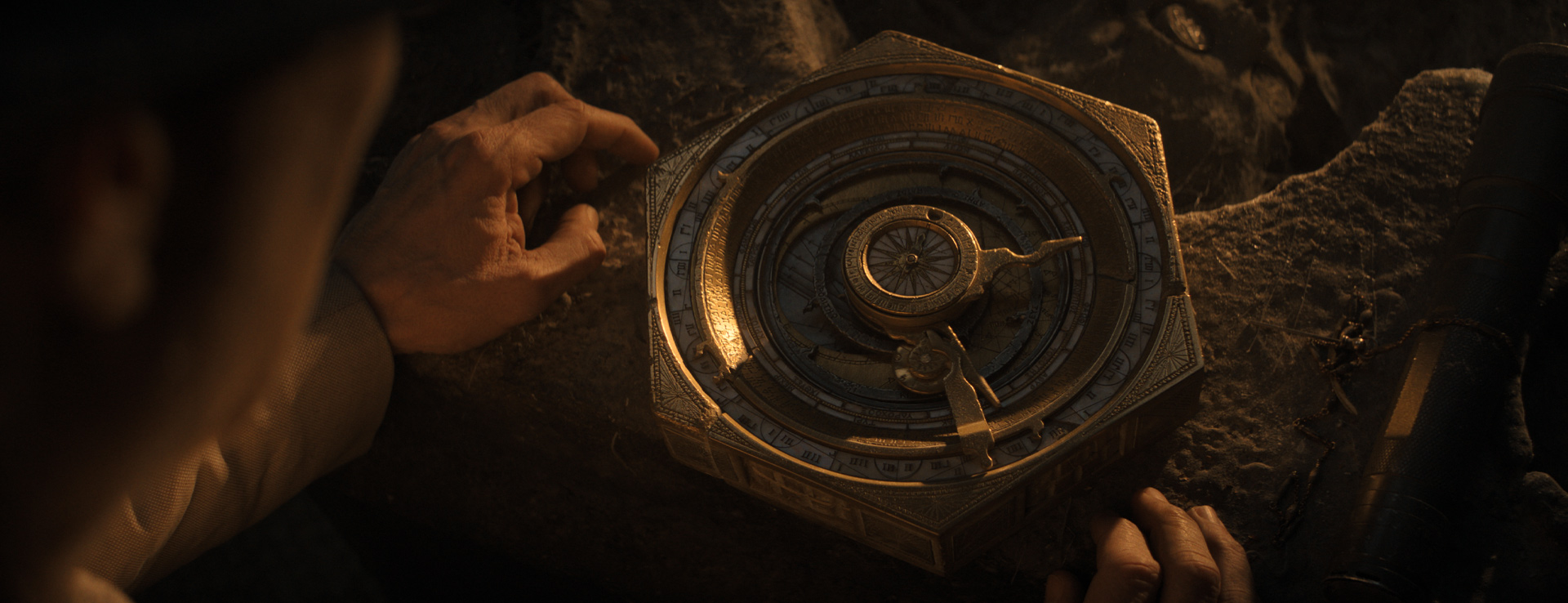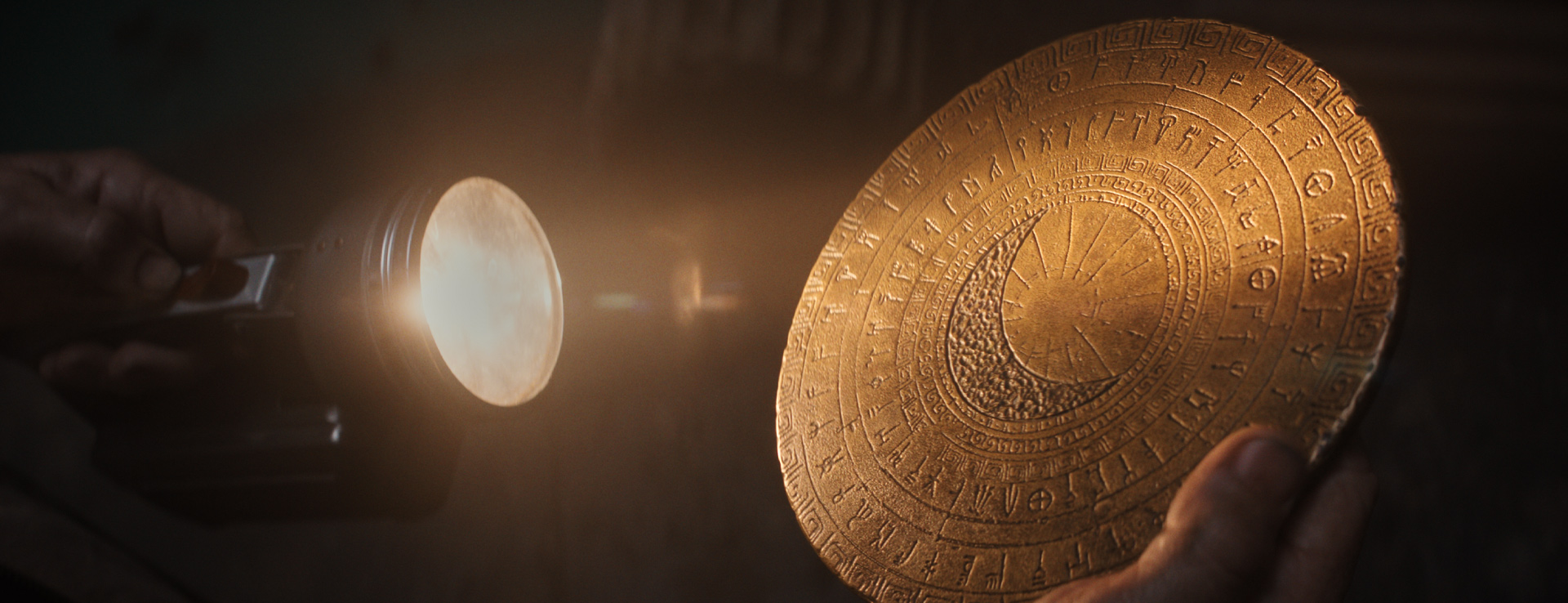They Belong in a Museum: Prop Master Ben Wilkinson on the Treasures and Artifacts of Indiana Jones and the Dial of Destiny
Get the inside story behind major new props built for Indy’s final adventure.
Spoiler warning: This article discusses plot and story details from Indiana Jones and the Dial of Destiny.
In Indiana Jones films, the MacGuffins — and other treasures and artifacts that lead to them — are often like characters themselves. They’re loaded with design personality and a sense of history, they’re mysterious, and they’re the driving force of the plot. So if you’re in the prop-making business like Ben Wilkinson, prop master on Indiana Jones and the Dial of Destiny, there are few better jobs than working on a movie about a whip-wielding adventurer who seeks out such items. “It was kind of mind blowing,” Wilkinson says of being offered the gig. “Where do you go after that?” Moreover, Wilkinson has a personal connection to the series, as he’s continuing something of a family tradition: his father, Barry Wilkinson, was the prop master on both Indiana Jones and the Temple of Doom and Indiana Jones and the Last Crusade. “We’ve got to get this right,” he says of the feeling going into the project. “We can’t mess this up.”
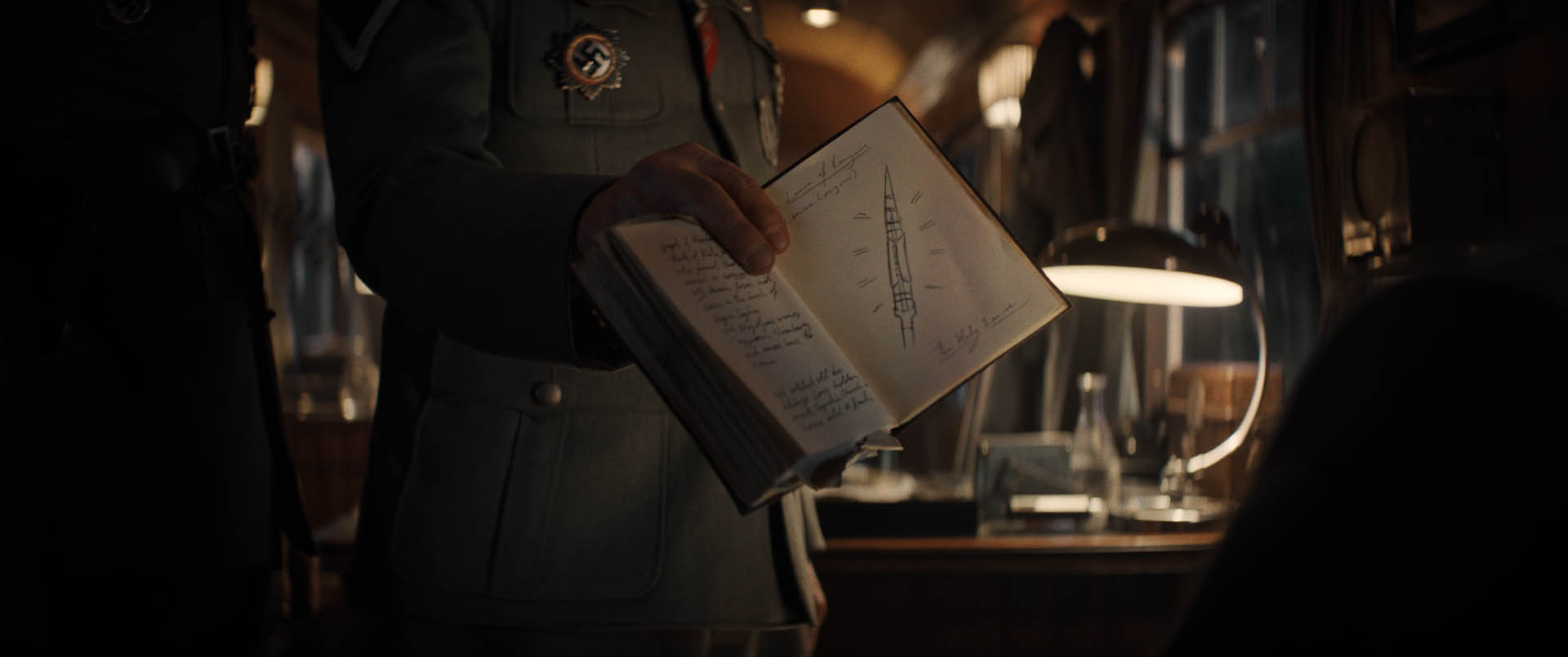

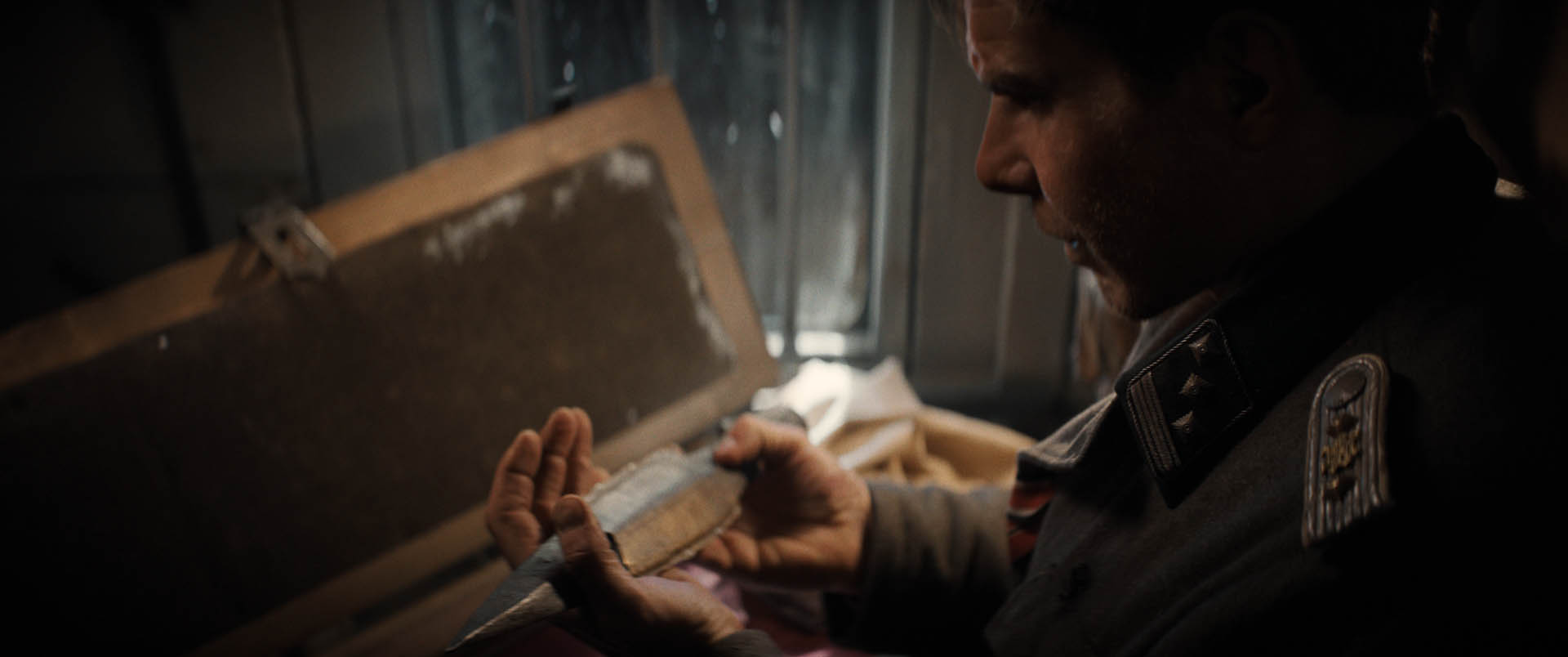
For Dial of Destiny, Wilkinson and his team have added to the Indy legacy of memorable movie treasures, but they didn’t start with the titular dial. Instead, they began with a “fake” — the Lance of Longinus and its crate. In the opening sequence of the film, the Nazis believe they’ve found a mystical ancient spear that is said to have pierced the skin of Christ. Except it ain’t the real thing. The prop department looked to similar weapons of the era, as well as a specific historical painting depicting the lance, for inspiration. But they ultimately put their own spin on it.
“We started off and we made a version of that and then it was like, ‘You know what? We kind of know it’s a fake anyway, so let’s take that and let’s do our own version of it,’” says Wilkinson. “So, it’s not a copy of something we’ve seen.” And if the lance looks heavy, that’s because it is. “It had a bit of weight to it because the metal work was real. It was just something that our prop maker Christian [Short] made and carved, and then we molded. So it felt a bit more real than just a plastic molded thing. But it was nice and I loved the way that, when you see the film and they open the case, the metal work really sort of shines out.”
When it came to the crate housing the lance, even that required research and care. After all, in an Indiana Jones movie, crates are usually pretty important. “That was just kind of really exciting,” Wilkinson says. “And I remember the concept artist that we had that was working on the case was like, ‘I can’t believe it. I’m just working on a wooden crate, but I know it’s for Indiana Jones and it’s awesome. It’s amazing.’”
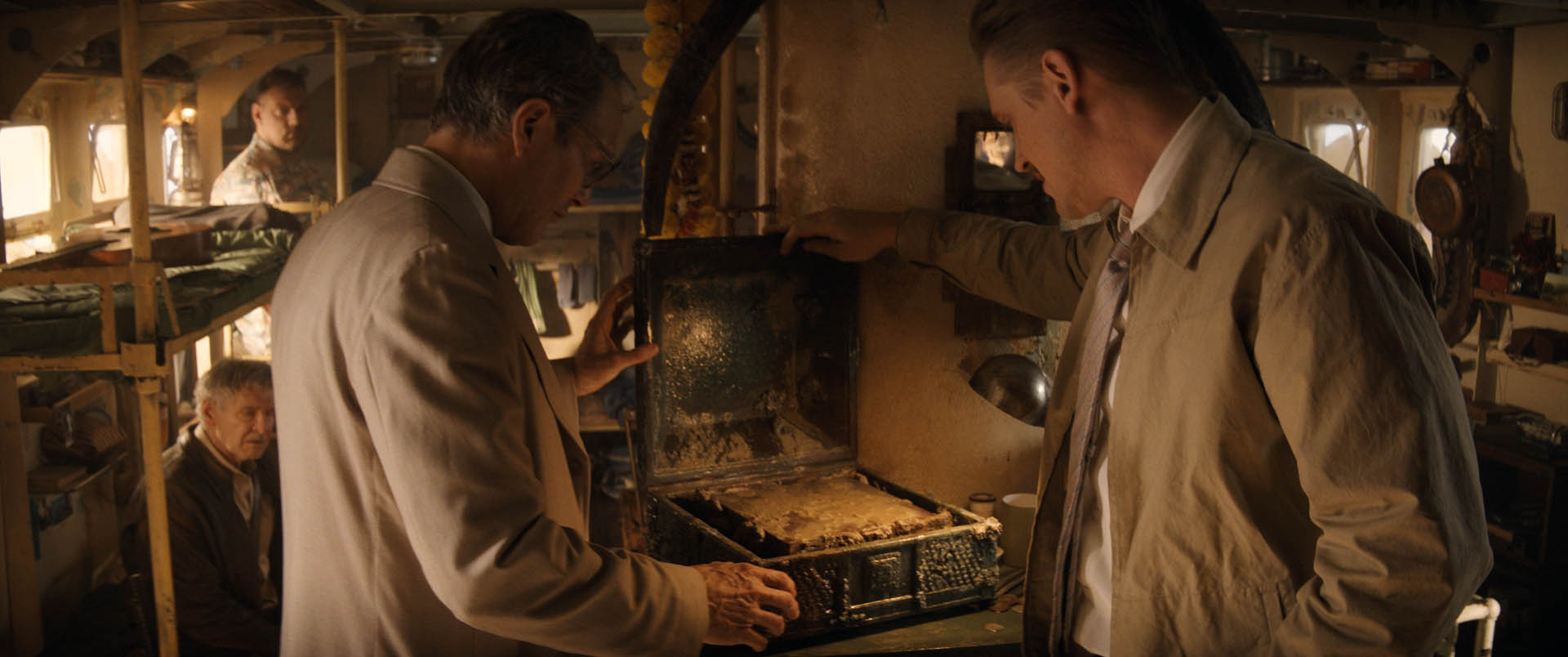
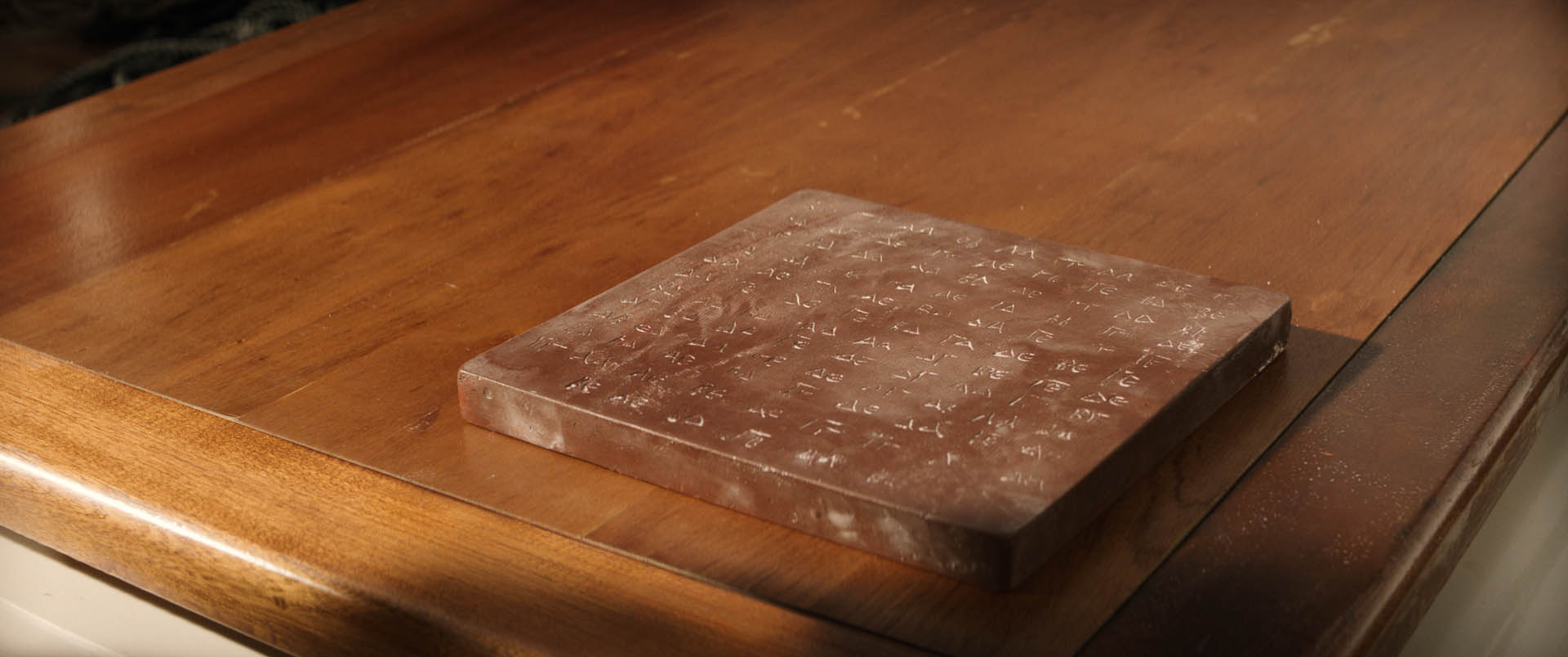
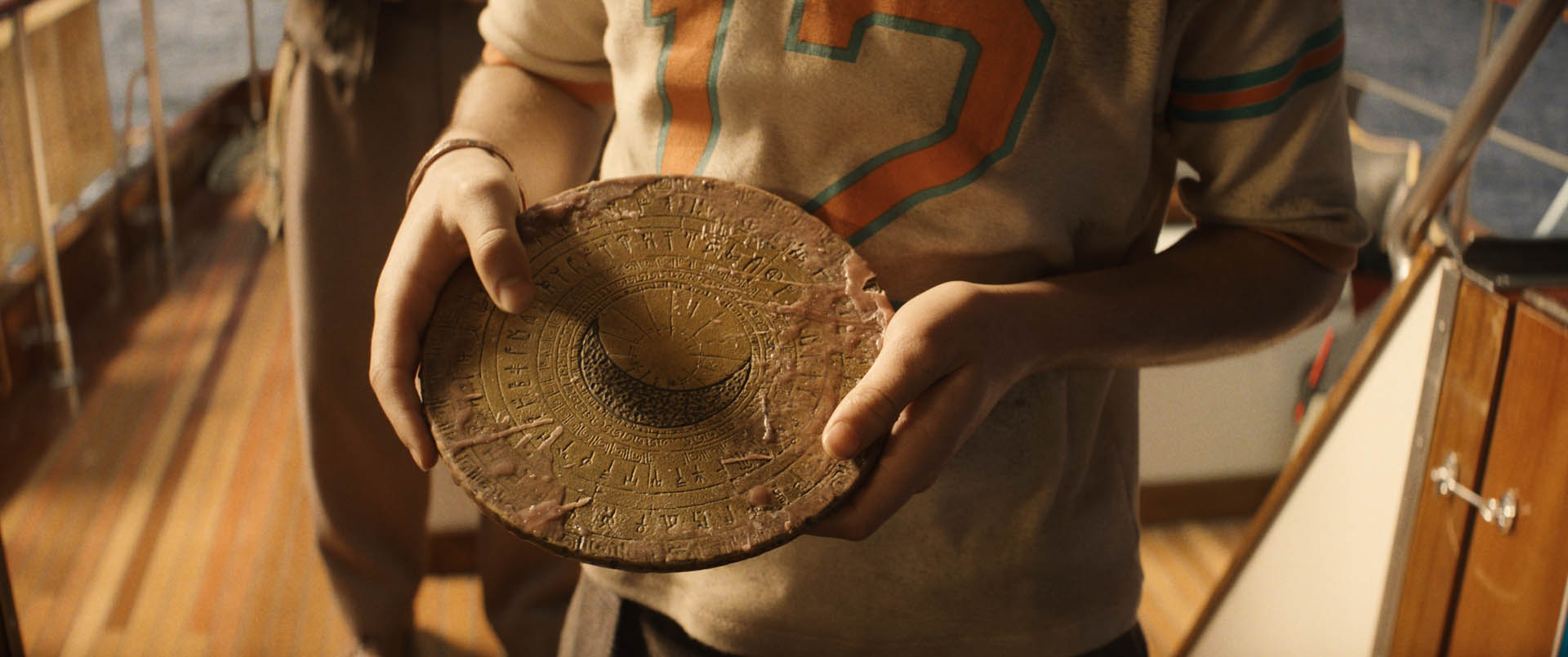
Key to finding the dial is the Graphikos, which Indy and his goddaughter, Helena Shaw, discover among underwater wreckage. It’s a tablet covered in wax, which Indy melts to reveal a hidden code. But when Wilkinson presented their take on the Graphikos to James Mangold, the director felt it resembled something a little too modern. “I remember Jim saying, ‘Oh, I like it, but it looks like an iPad,’” Wilkinson says. “It’s like, ‘He’s right.’ But I suppose it’s kind of an iPad of the day, maybe. We played around with the size quite a bit, just to try and get away from that.” Wilkinson also worked closely with the special effects team on how to achieve the melting wax, making sure it could disintegrate as needed. “There were lots of tests,” he says.
And when it came to the Dial of Destiny, the latest and last Indiana Jones MacGuffin, the prop team knew the importance of what they were building, both in terms of the film’s story and the history of the series. As such, work on the dial continued throughout production. “Luke Daniels, one of our prop makers, that was kind of his project for pretty much the whole film once he started,” Wilkinson says. “We even started making it with like, cardboard boxes, just figuring out how it slots together, what size it should be.”
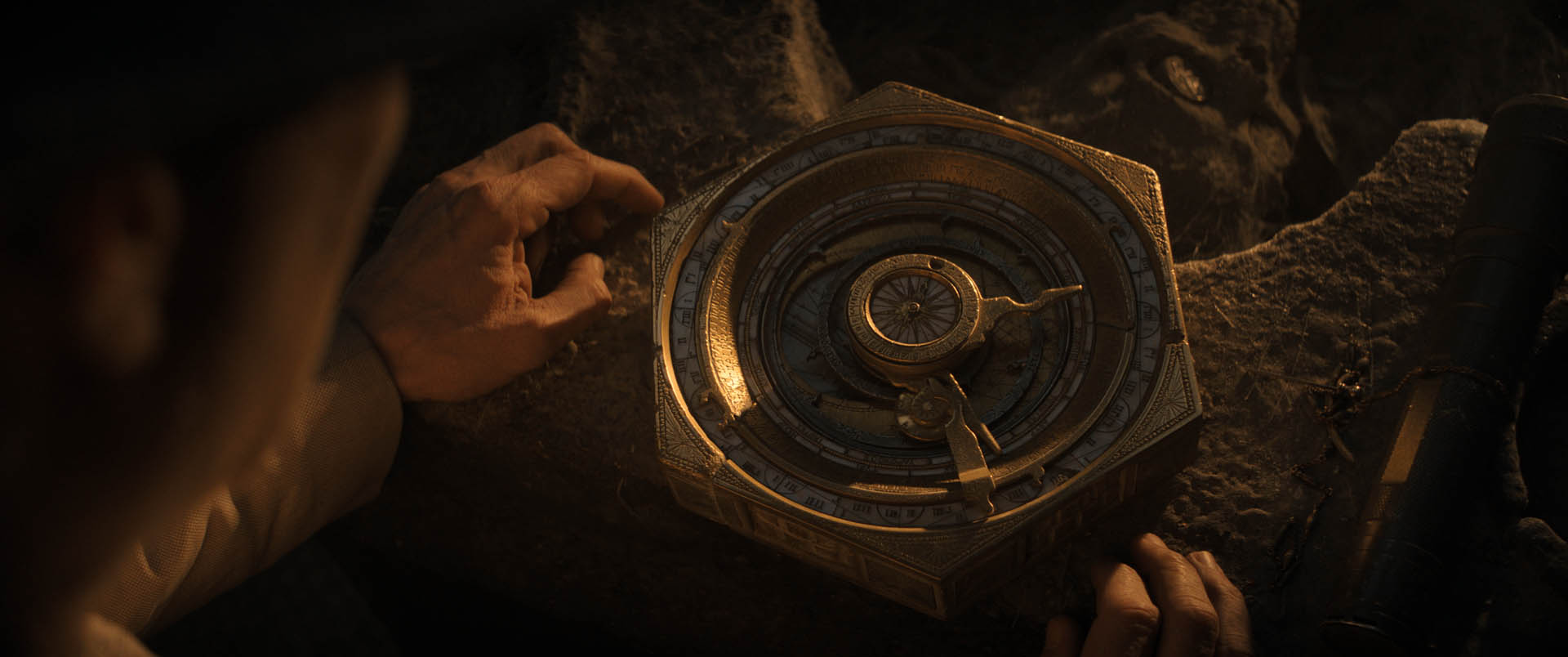
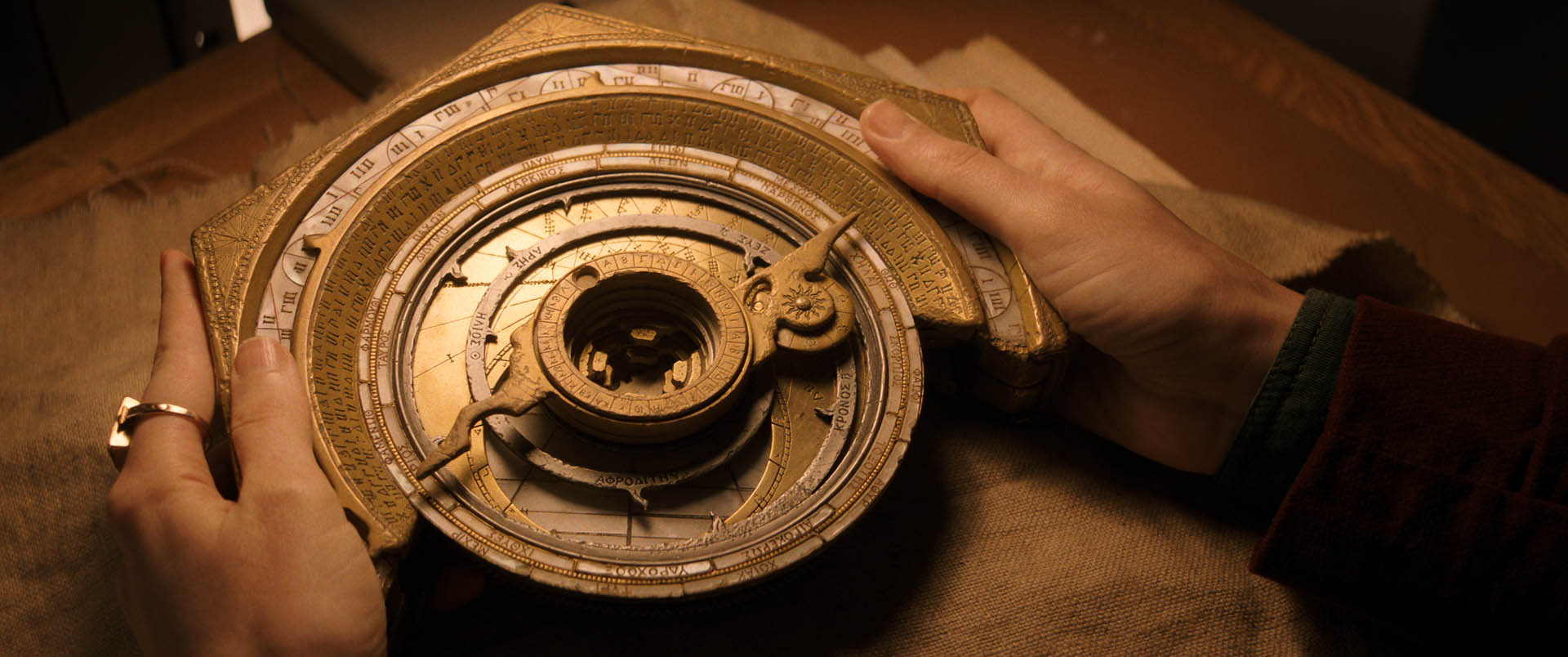
The dial takes real-world inspiration from the Antikythera mechanism, a circular device retrieved from ship wreckage near the Greek island Antikythera in 1901. Believed to date back to second century BC and originating from ancient Greece, it was most likely a computing device that aided in tracking stars and planetary movements; an inscription was also discovered on its eroded surface. As the real-world Antikythera mechanism was discovered in pieces, the Dial of Destiny, as created for the film, is divided into two fragments featuring different cogs and wheels. Astonishingly, among its many layers, the movie dial also includes rings with the ancient Corinthian calendar, a lunar ring with the days of the month, and instructions for its operation — all in actual ancient Greek.
In the film, the dial does a lot. It splits apart, gets handed off, thrown around, manipulated. So (at the risk of spoiling movie magic), Wilkinson’s crew built multiple versions. “You had the complete version — the version that goes together,” Wilkinson says. “One that they could chuck, one that they could kind of stunt with, one with a bit of size so when they’d done the closeup, we could get all the mechanisms inside to get the dial spinning.” And even during filming, the dial makers continued to tinker with their device. “We’d seen it a couple of times and then Jim called us over and was like, ‘Oh, what could we do on the back of it? It just needs a little bit more.’ So then we added to it while it was even shooting.”
Wilkinson finally saw the finished film on the big screen for the first time the day before speaking with Lucasfilm.com. It sounds like something of a surreal experience for the longtime prop maker and movie buff. “You’ve got the dial and that was blowing me away, because I was seeing it on posters, like behind the characters. As I’m watching it — and I gotta watch it again, because I was just distracted going, ‘Oh my God, there’s this!’ When he opens a drawer and the dynamite’s there and it’s like, ‘Oh, that was us!’ Even the real little things, everything’s exciting.”
Dan Brooks is a writer and the senior editor of StarWars.com and Lucasfilm.com. Follow him on X at @dan_brooks and Instagram at @therealdanbrooks.

